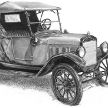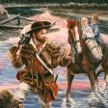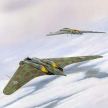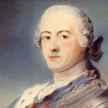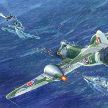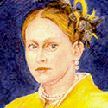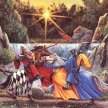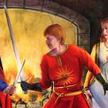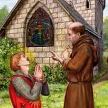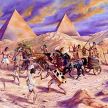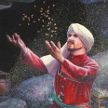All artworks are copyright Randy Asplund unless otherwise noted. Please contact the artist for permissions.
Many of the images below are for sale as Originals or as Prints
|
Thank you for visiting the Historical Art page of Randy Asplund. As a painter and illustrator I spend most of my time doing commissions for publication of Science Fiction, Fantasy, and history, including the Book Arts of Illuminated Manuscripts. But I also have a deep interest in historic aviation, archeology, mythology, and ancient history, and have done many works for publication on such themes. These are recurrent in much of my art in general, and sometimes I just find it interesting to try to envision what history might have looked like when fleshed out in a realistic presentation. It is one thing to see a photograph of a ruin, or to see a mangled and worn artifact in a museum, but we see these things outside of their glory, and outside of their context. Some of my favorite artists are 19th century painters like Waterhouse and Alma Tadema, who took great pains to show scenes of ancient times as accurately as possible. When I discovered these images it made those times live and breathe for me in real color. I fell in love with the idea of exploring these kinds of representations in my own art, and at the same time to express these scenes in an artistic way. At times my ventures into historical representation delve into the speculative and commentary on current issues. An example is my painting Reichenberg. This work is a painting of national desperation. The subject is a virtual suicide bomb conceived of by the Nazis at the close of the second world war. They put a youth volunteer into a makeshift cockpit and the plan was to ram a ship or other target. If very lucky, the pilot might bail out, but it was expected to be a one way trip. The Germans had a whole core of volunteers when WW II ended, each desperate to do their part to save their home land. The only hope of the British to stop such suicide bombers was their new jet, the Gloster Meteor. The painting shows the Meteor in a desperate attempt to destroy a Reichenberg flying bomb before it impacts a ship. The painting is about the desperate nature of conflict from both sides and is very relevant to world events today. |
